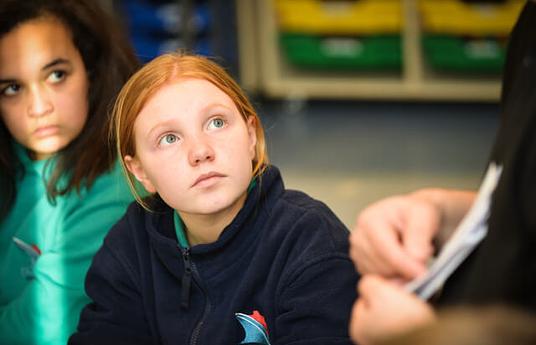I was first introduced to Platonic Solids in high school Geometry class. Deeply intrigued I wanted to know what happens if you connect a lot of these forms together. Years later I developed a modeling tool to help me explore that question. I've now been building 3D Geometric forms for 30 years. I felt I had to share this intellectually exciting experience and advocate for inclusion in schools.
The “Patterns and Notions: The Joy of Qualitative Geometry Study” essay on the Omnigarten website (https://omnigarten.org) is a good introduction to this concept in practice.
In the classroom setting it is all about getting a small group of learners (10-20) in an open room and just start building models. Model building is an intuitive, free-form process that is mainly self-directed. Students just start connecting struts together with node pins in 3D space and see where it goes. It's easy to visualize where the next struts need to go to reveal patterns as they emerge. There are many possibilities. It is often useful to put colored coverings on select struts to highlight sub-patterns of interest for better comprehension. Observing your model, you start to appreciate the universal nature of what you have constructed.
Omnigarten is a one-person operation building awareness and advancing the concept of 3D Geometric form study with the ultimate goal of getting form study incorporated in high school curricula - email advocacy. I’m enthusiastic about the transformative learning possibilities that Digital Modeling platforms will enable. Mixed Reality holographic modeling has the potential for enabling even more complex modeling experiences than physical kits, and it can easily scale.
Technologies like Microsoft Hololens 2 (https://www.youtube.com/watch?v=e-n90xrVXh8) and the OpenXR API (https://www.khronos.org/openxr/ ) are poised, in the next 5 years, to create a marketplace of affordable Mixed Reality hardware and apps. I am researching the potential architecture of a holographic modeling solution.
The Omnigarten modeling tool is not commercially available, but it is a public domain design that can be fabricated relatively easily. Details about the modeling tool can be found under “Modeling Tools” at https://omnigarten.org. The "Joy of Qualitative Geometry Study" essay on the website, with lots of pictures, can be used in presentations to students.
Email questions to skip@omnigarten.org.



